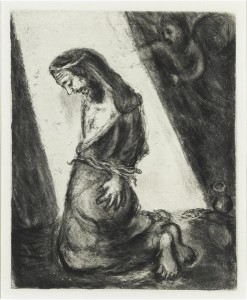1 Thessalonians 4:13-18
This text is used for the Lectionary Year A on November 19, 2017.
 The passage before us presents two unique and challenging sermon opportunities that could be intertwined into one sermon. The two primary themes, grief and eschatology, are rarely healthily considered from the pulpit leaving more questions than answers. Hopefully, with this text, some sense of hope can be found in the congregation through careful exegesis that sheds light on God’s goodness even in death.
The passage before us presents two unique and challenging sermon opportunities that could be intertwined into one sermon. The two primary themes, grief and eschatology, are rarely healthily considered from the pulpit leaving more questions than answers. Hopefully, with this text, some sense of hope can be found in the congregation through careful exegesis that sheds light on God’s goodness even in death.
The congregation at Thessalonica were grieving. Faithful members of their congregation had passed away, and the church was concerned the deceased would tragically not be saved or not be able to participate in Christ’s second coming if they were dead at the Parousia. Setting the theology aside for a moment, it would be wise for the preacher to examine the effects of grief on a family and how that also correlates to a church who loses someone dear to the church. We need to give the congregation permission to mourn and lament in those kinds of difficult days. It may be prudent to search the lament Psalms for an example of how to pray in the deep distress of death. It is worth noting that death can be a sensitive topic because all of us have faced it at some level, but just because it is a sensitive topic does not mean we should stay away from it. Our common experience of death can be a springboard into the full life of the Gospel.
The theological concern is muddy, but cannot be overlooked. The difficulty seems to be that at some level the church thought that the dead will not be able to participate in the 2nd coming of Christ. Paul certainly challenges their concept of afterlife, however 1 Thessalonians 4:16 stands in tension with 2 Corinthians 5:8. The first saying the dead will rise with Christ, while the second says that when you die you are immediately with Christ. There is a certain mystery about who we are and where we go at death before the Parousia that the church in Thessalonica is wrestling with just as the people in our pews. The sermon needs to carefully address those concerns by showing the hope of the Gospel and sovereignty of God. It may be most important to remind the congregation that the church in Thessalonica is fearful. If nothing else, we do not have to fear death because Jesus Christ has already overcome death and God is in control across history.



